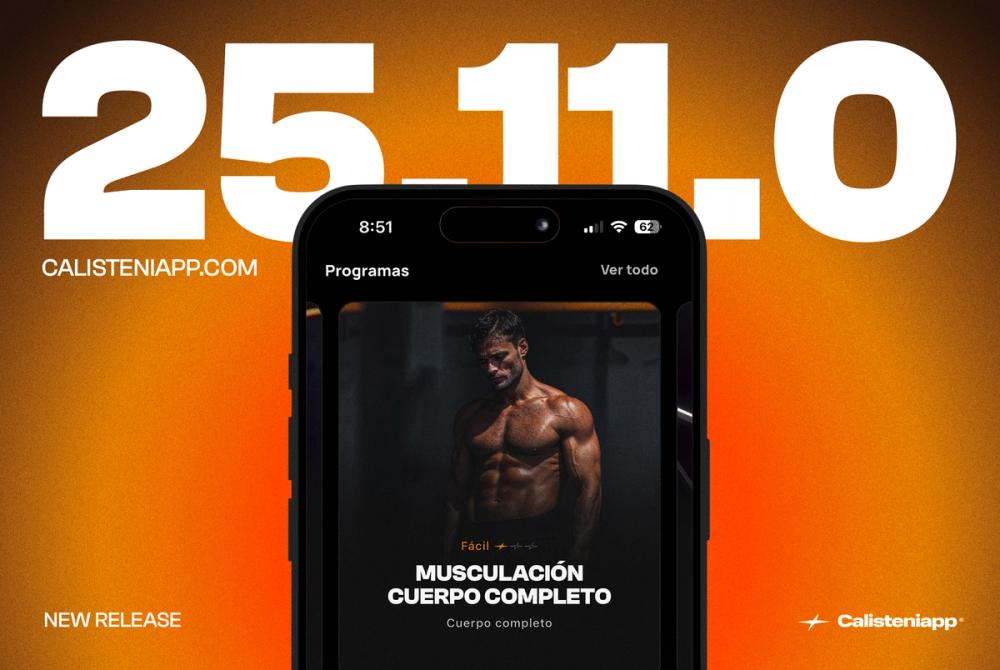
Release 25.11.0 - A new beginning
Calisteniapp is a symbol that represents our obsession with excellence, our essence, and the path we want to define for the next ten years.
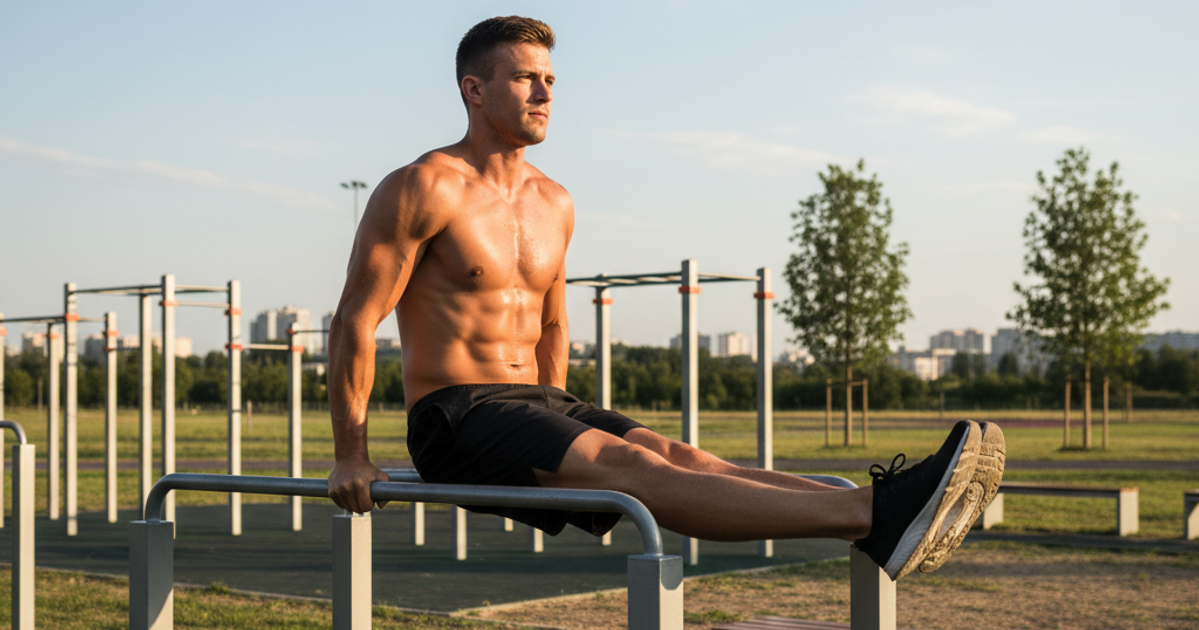
Abdominal training is much more than an aesthetic goal. A strong midsection improves posture, protects the spine, and enhances athletic performance in any discipline. In this guide, you’ll find the 20 best ab exercises, organized by type and difficulty level, with technical explanations, tips, and progressions.
Whether you train at home, in a calisthenics park, or at the gym, here you’ll discover ab exercises suitable for all levels and goals. Some require equipment, but many are home ab exercises and effective ab workouts that need no equipment at all.
The core isn’t just the visible rectus abdominis. It’s a complex group of muscles that work together to stabilize the body and generate strength. Understanding them will help you choose the most appropriate ab exercises for your routine.
The first and most well-known muscle is the rectus abdominis, the frontal muscle that forms the classic “six-pack.” Its main function is trunk flexion, meaning bringing the chest closer to the pelvis. Exercises like the classic crunch, leg-raise crunch, or toe touches are particularly effective at activating it.
Next come the hip flexors, which include the psoas, iliacus, and rectus femoris. These muscles are involved when we lift our legs or flex our hips, playing a key role in movements such as leg raises, L-sit raises, or isometric L-sits.
The obliques, both internal and external, are responsible for trunk rotation and lateral stability. They are activated by exercises involving twisting or side support, such as Russian twists, side planks, and windshield wipers. Strengthening them not only improves abdominal definition but also enhances control and balance during athletic movements.
Finally, we have the deep core stabilizers, including the transverse abdominis, multifidus, and pelvic floor muscles. These are responsible for maintaining posture and spinal stability. They are activated during isometric or control-based exercises like the plank, hollow body hold, and advanced plank variations. Although they’re not visible, they are essential for lower back health and movement efficiency.
Altogether, these muscle groups work synergistically and should be trained in balance. A complete ab workout routine should include movements involving flexion, rotation, and stability to develop a strong, functional, and resilient core.

Classic Crunch with Arms Extended
Level: Easy
Tip: Don’t pull on your neck.

Crunch with Leg Raise (Bent Knees)
Level: Easy
Tip: Keep your knees at 90° to isolate the abs.
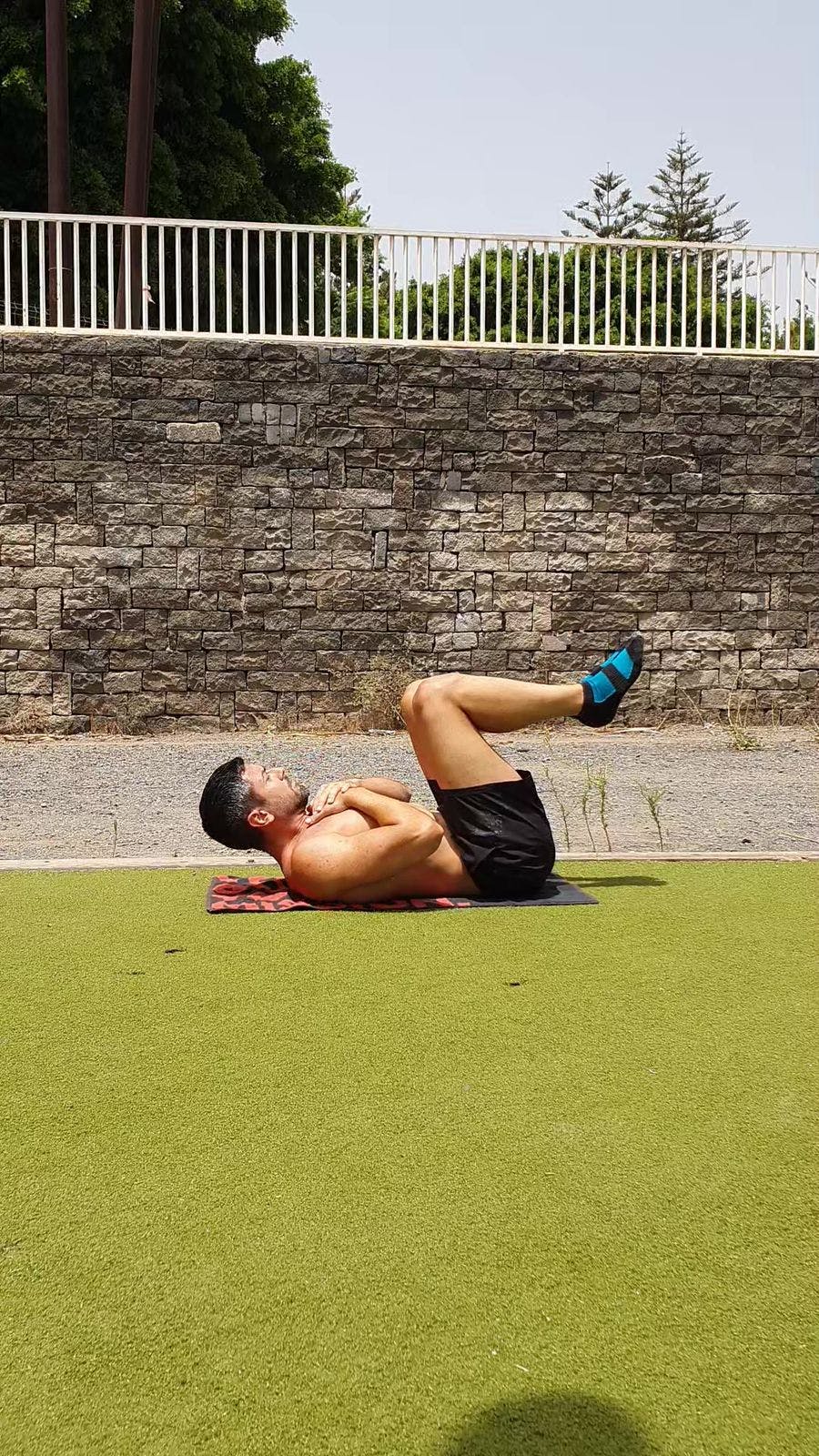
Plank
Level: Easy–Medium
Tip: Engage glutes and abs; avoid arching your back.

Side Plank
Level: Medium
Tip: Keep your body in a straight line from head to heels; don’t drop your hips.

Hip Raises with Straight Legs
Level: Medium
Tip: Lift with control; avoid using momentum.

Mountain Climbers
Level: Medium
Tip: Keep your core tight; don’t bounce your hips.

Russian Twists
Level: Medium
Tip: Rotate from the torso, not just the arms.

Floor Leg Raises
Level: Medium
Tip: Avoid arching your lower back; control the descent.

Hollow Body Hold
Level: Medium
Tip: Keep your lower back pressed into the floor; exhale slowly.

Plank with Shoulder Taps
Level: Medium
Tip: Minimize sway; engage glutes and abs.

Ab Rollouts (with Wheel or Towel)
Level: Medium–High
Tip: Move forward without losing lower back alignment.

Hanging Leg Raises (Toes to Bar)
Level: Medium–High
Tip: Avoid swinging; lift your legs with control.
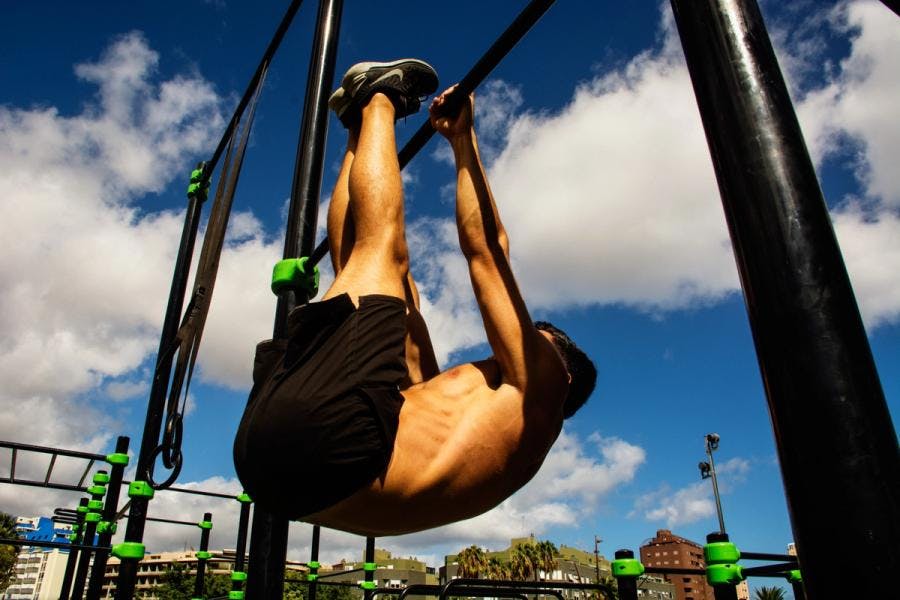
V-Ups
Level: Medium–High
Tip: Coordinate arms and legs; maintain abdominal tension.

L-Sit on Parallettes or Bar
Level: High
Tip: Fully extend your legs; keep shoulders active.
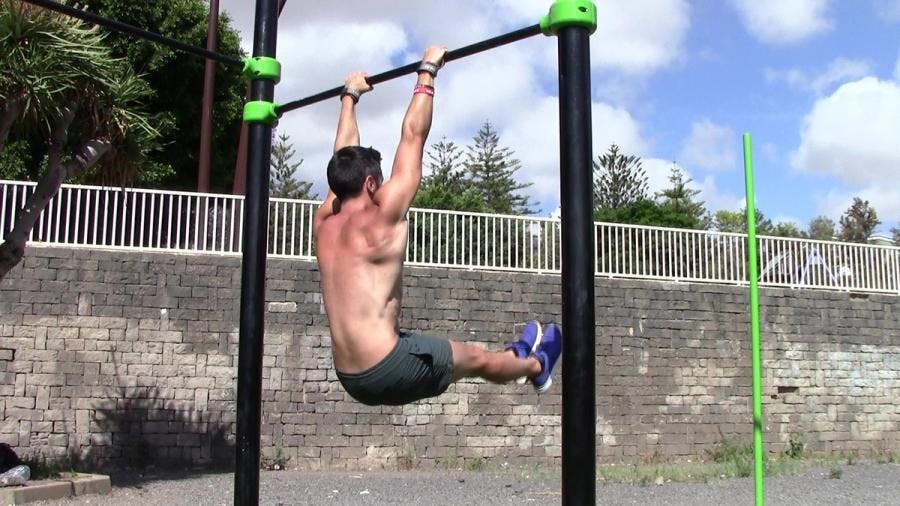
Advanced Plank
Level: High
Tip: Adjust hand placement relative to your legs to change difficulty.

Dragon Flag
Level: Advanced
Tip: Keep your body rigid; control the descent.
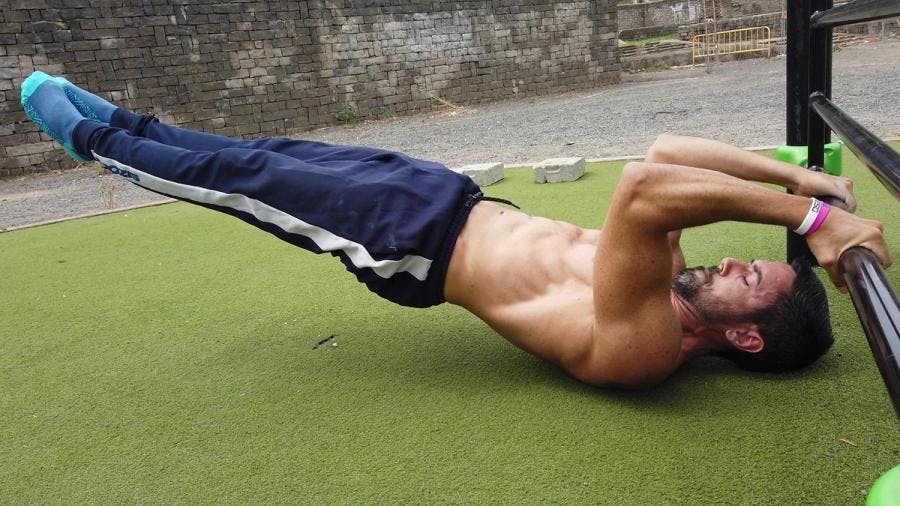
Windshield Wipers
Level: Advanced
Tip: Move your legs like windshield wipers with full control.

L-Sit Leg Raises
Level: Advanced
Tip: Start in an L-sit and lift up toward a toe-to-bar while staying upright.
Hollow Body Toe Touches
Level: Advanced
Tip: Similar to the V-ups but holding a hollow body position at the beginning of each rep.

Advanced L-Sit on Parallel bars
Level: Expert
Tip: Hold for 10–20 seconds; control your breathing.

The frequency and combination of exercises depend on your level:
Practicing effective ab exercises not only improves appearance but also overall body function. The main benefits of ab training include:
✔ Improved posture and lower back health
✔ Greater stability and body control
✔ Enhanced athletic performance
✔ Increased muscle definition and aesthetics
Whether you perform abs at home, at the gym, or through calisthenics, a strong core is essential for any physical discipline.
With Calisteniapp, you can train your abs in a structured way through guided routines, level-based progressions, and instructional videos. Choose your goal—build strength, define your core, or improve performance—and let the app guide you step by step.
📲 Download it free and train your abs from home, the park, or the gym.
By Yerai Alonso

Yerai Alonso
Cofundador de Calisteniapp, referente en calistenia y el street workout en Español. Con más de una década de experiencia, es creador de uno de los canales de YouTube más influyentes del sector. Autor del libro La calle es tu gimnasio, campeón de Canarias y jurado en competiciones nacionales e internacionales.
Join our newsletter
Learn everything you need to know about calisthenics

Calisteniapp is a symbol that represents our obsession with excellence, our essence, and the path we want to define for the next ten years.
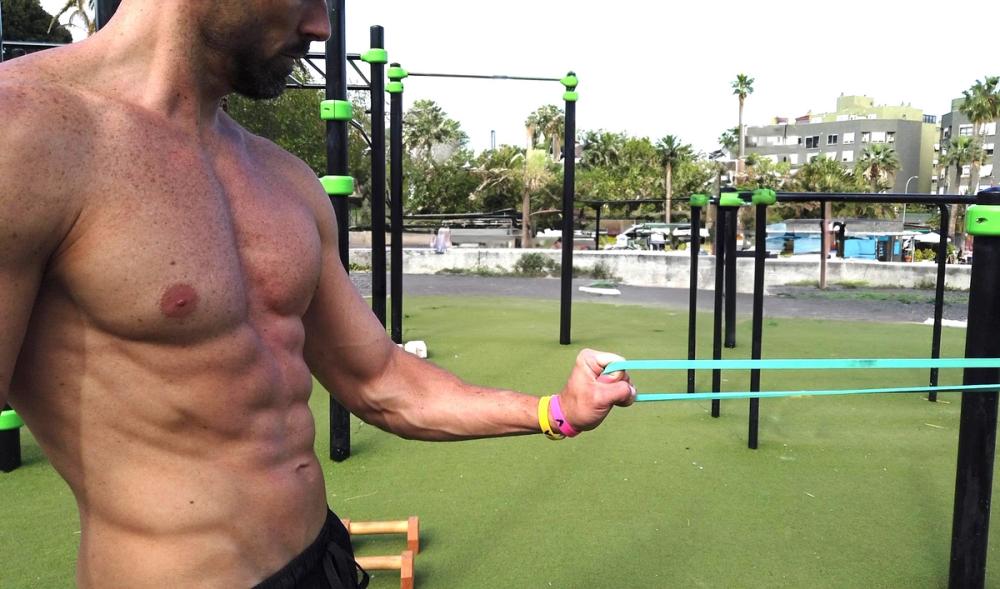
Descubre los mejores ejercicios de antebrazo para calistenia. Mejora fuerza, agarre y control corporal con entrenamientos efectivos sin pesas.
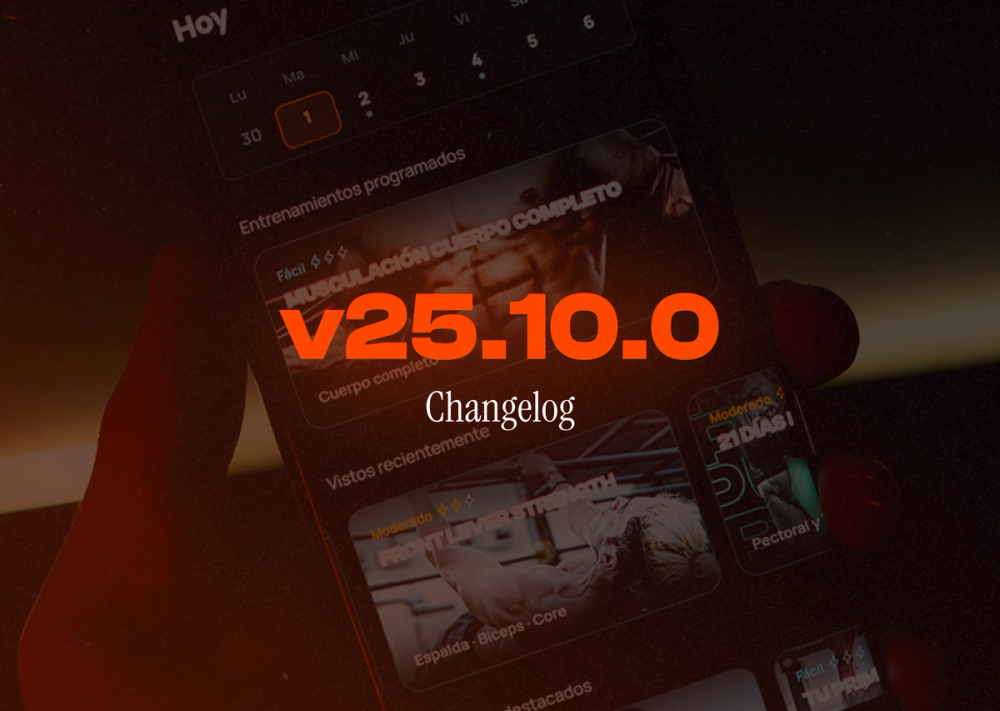
New unified planning in Calisteniapp: manage workouts, routines, and challenges in one place. Now with French support and improved stability.
